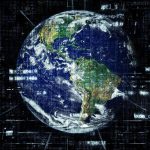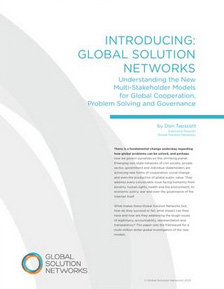In my last blog, I addressed how the new world order of the empowered individual is forcing businesses and governments to become more open, interact, participate, and provide flexibility in the workplace. But with all this empowerment, there’s still a troubling disconnect in the world today.
The need for real-time responsiveness in optimizing physical resources has never been greater. Resources like oil, gas, and water that were once assumed to be limitless are now under pressure, threatening production, healthy living, even survival. Indeed, accessing scarce and unevenly distributed resources has become one of civilization’s most pressing issues.
At the same time, we see enormous and wasteful overcapacity in all kinds of things. Automobiles and vacation properties, for example, are used just a fraction of the time that they are available. Meanwhile intangible resources such as creativity, intellectual capital, and access to top talent are becoming the most important predictors of success as we enter the innovation economy (more on this in a future story).
We need to rethink how we produce and consume, taking a cradle-to-cradle, responsible approach to optimization across the entire product lifecycle, from the sourcing of raw materials to disposing or recycling, and reallocating resources in a real-time response to demand and supply fluctuations.
Read the full post at SAP Business Innovation.





